Haggis
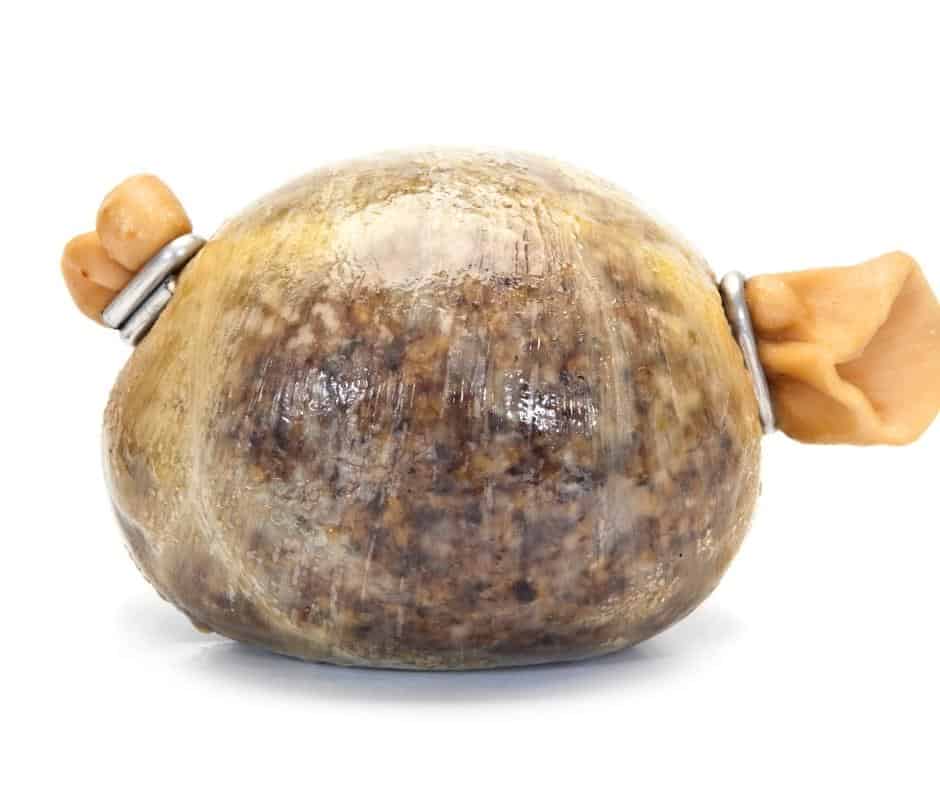
When you ask anyone to nominate something that comes to mind when thinking about Scotland you can bet Haggis will be towards the top of the list
This blog post will explore Haggis, and hopefully, by the end of it, you will be quite an expert on the dish.
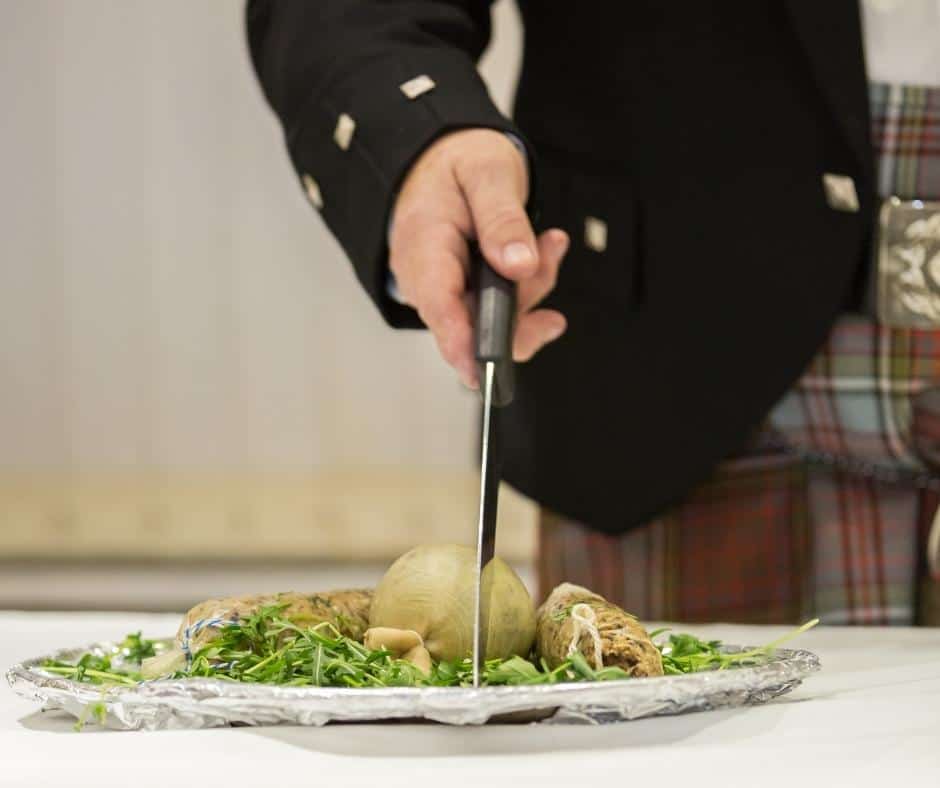
The History Of The Haggis
I wish I could tell you that Haggis was first produced in Scotland, but no matter how much research is carried out, the origins of Haggis is lost in the mists of time.
It would seem that many nations were using a technique of mincing up internal body parts and then cooking them in some sort of bladder, also from an animal’s entrails. So no one can say for sure if Haggis was first made in Scotland.
What is more important is that 100’s of years ago, Haggis was seen as Scottish, and it has remained so worldwide ever since.
For sure, the Scots perfected the technique, taste and texture
Haggis was made and eaten because the ingredients ensured a cheap, nutritious meal and used all parts of the animal.
Recently modern chefs have been championing using animal carcasses from nose to tail in a bid to reduce food wastage, so you could say that Haggis was centuries ahead of its time.
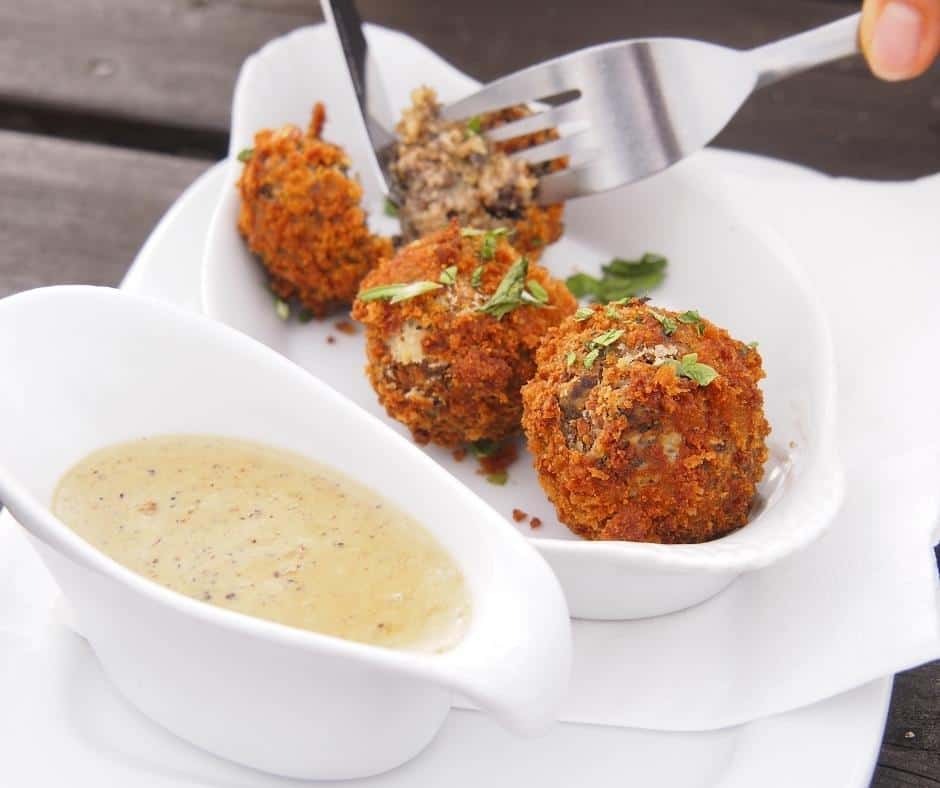
In 1513 Haggis was first mentioned in Scottish text inside a poem by Willam Dunbar.
However, Haggis or variations of it were also eaten in England. It was the English that cemented the relation of Haggis being a Scottish dish.
After the Union of the two countries, the English lives started to improve, but not for the folk of Scotland.
Haggis was the food of the poor.
The English were pleased to welcome the higher echelon of Scottish society but still considered the rest of the Scots to be little more than barbarians.
Haggis was singled out as food for the barbarians as it contained oats used by the English to feed their horses.
However, the people of Scotland were more than happy to take Haggis on as Scottish fare if it made them different from the English.
Haggis was for men, real men, and not the soft English, and if they had a problem with that, then “hey ho off to war we go.”
The English continued to throw scorn at the Haggis-eating barbarian in Scotland for many years.
How Haggis and Tartan Went Viral
In 1822 King Charles IV decided to try and make an allegiance and went to Edinburgh for a visit. Here he was entertained by Scotland’s high society.
Sir Walter Scott put on a large banquet for the King. The King wore tartan, and soon tartan was the thing to wear.
The feast served Scottish food, and you can guess what was on the menu
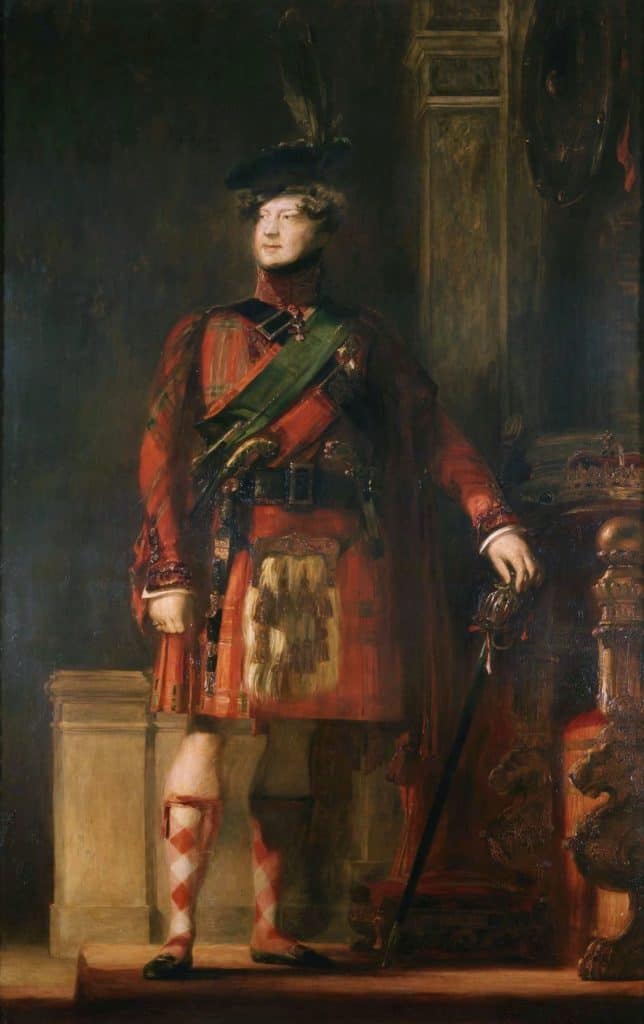
Suddenly all things Scottish came into fashion.
Tartan became the height of fashion, and William Wallace was accorded a Statue honouring him in Stirling.
Robert Burns was honoured with an annual national festival. Burns suppers became all the rage, and lots of “Chieftain o’ the pudding race” was eaten – hooray.
Scots living abroad played the most significant role. Out of nostalgia, they were to make this savoury serving the culinary dish of Scottish identity.
Haggis was widely recognised as the ‘national dish and I have no arguments
The Making Of A Haggis
This is a guide to how it’s made, not a recipe to be followed.
First of all, you will need the “Pluck” of a sheep. You will see this mentioned in most recipes, and the “pluck” means the heart, liver and Lungs.
You are also going to need the stomach of the sheep or an Ox Bung.
Ox or beef bungs are the intestines from an ox or cow that has been cleaned and sectioned off into lengths, tied at one end so they form a sort of sock.
Next, you will need
Oats toasted slightly
Spices – Pepper, nutmeg and mace are normal.
Chopped onions
Beef might be added
Suet
Suet is the raw, hard fat of beef, lamb or mutton found around the loins and kidneys.
Once the Pluck is cleaned and given its first cooking for an hour, it is cooled, chopped up, and mixed with Oats, spices, Beef, and Suet.
The mixture is then piped into the Sheep stomach or bung and simmered for three hours for the second cooking
The Result
A simple, cheap and delicious meal for the family that can be reheated by boiling or simply cut open and heated in the microwave – the Sheep Stomach or beef bung is not eaten.
The traditional way to eat Haggis is with equal servings of mashed potatoes (Tatties) and Mashed Turnip (Neeps)
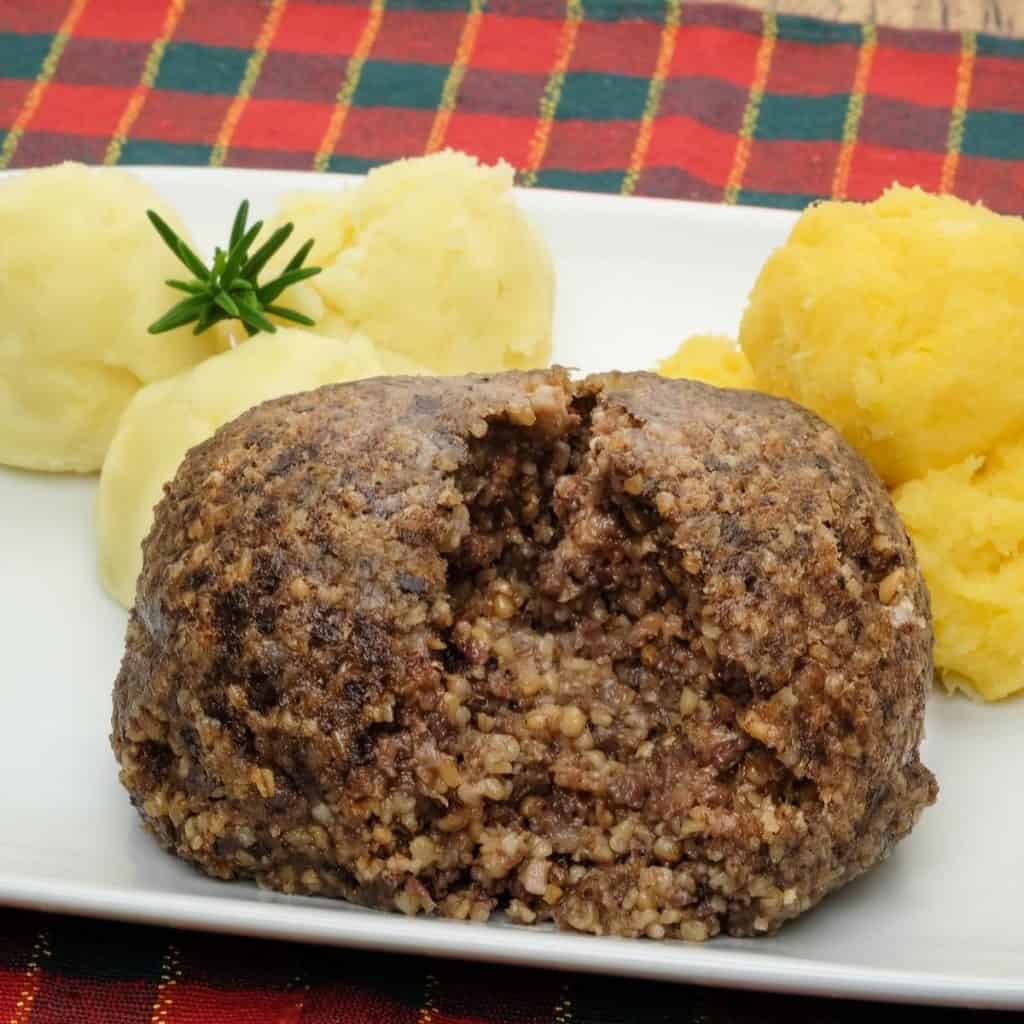
Take a small amount of each, mash it with your fork at the side of the plate and enjoy.
Some will serve with gravy (not for me) or a whisky sauce
You will be offered it at restaurants in innovative ways and is often served as part of a Scottish Breakfast
One of the best ways is a Haggis Supper from the local Fish and Chip shops, where it is shaped into a sausage, battered and deep-fried.
Braw!!
Where To Buy In Scotland
A major supermarket sells it in Scotland, and this is their ingredient list.
- Lamb Lungs (33%)
- Seasoning
- Oatmeal
- Dried Onion
- Barley
- Salt
- Ground Black Pepper
- Ground Pimento
- Water
- Beef Fat (13%)
- Beef Liver (10%)
- Beef Heart (5%)
- Haggis filled into an inedible synthetic casing
Personally, I go to a butcher who makes their own. Butchers have their own unique handed-down recipes.
Stick Around There Is More To Come
In 2003 10,000 tourists arriving in Scotland were surveyed, and 1/3rd of them believed in the Wild Haggis running around the hills and glens.
There are many versions of The Great Haggis Myth, which reach into some unusual areas of Scotland, including museums.
There is a lone wild haggis in a taxidermy display at the Kelvingrove Art Gallery and Museum in Glasgow.
Shaggy and short-legged, it is displayed beside a prepared haggis for comparison, and a plaque declares that this is the Haggis scoticus.
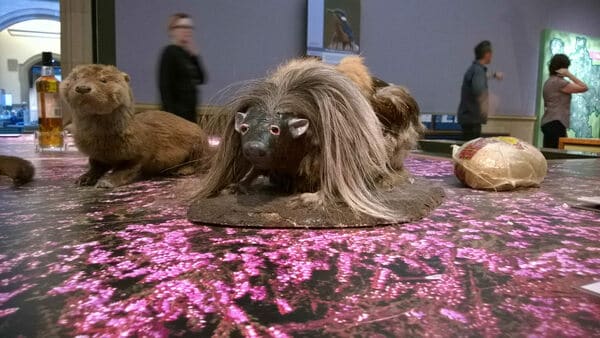
One of the best tales I like is about the Wild Highland Haggis.
There are two different species, the Clocks and the Antis.
The Clocks have longer legs on the left side of the body – this allows them to run very fast around the mountain, always clockwise.
The Antis have their legs longer on the right as they run around anti-clockwise.
The two species have never been able to mate as one always falls over at the critical time.
To catch a wild highland Haggis, you send runners to the top of the mountain, chase them around the mountain in the direction its leg positioning allows
Then turn around and run in the opposite direction.
When coming face to face with the Haggis, it will be so startled it will turn around to run away in the opposite direction.
This will cause it to fall over and roll down the hill and can be easily caught in a net by the waiting gathers at the bottom.
It’s all a bit of harmless fun, and many souvenir shops will sell you haggis whistles for calling the Haggis to you in mating season.
Buy one and see how many people you can catch out with it when you get home.
But you can not have haggis hunting without a song.
Haggis hallloooo!
The Haggis season has begun,
All over Scotland every gun
Is taken down with loving care
Though some prefer the Haggis snare
The Haggis are a Wiley lot
That’s why they are so seldom shot…
“We’re the Haggis Hip Hooray
“We’ll live until next Hogmanay!”
Then hidden in the Highland heather
Great hairy clansmen crouch together
And having laid the Haggis bait,
A lifelike Haggis on a plate,
One cries out loudly, “There the noo!”
Which means the Haggis is in view.
“We’re the Haggis Hip Hooray
“We’ll live until next Hogmanay!”
It’s flying upside down and low
The guns all fire, but they’re too slow
For though it’s rather old and fat
They’re awful hard to hit like that
And as it flies off in the mists
Great hairy clansmen shake their fists
Scream their curses to the crags,
Stamp on empty Haggis bags
And so the Haggis getaway
To live until next Christmas day!
“Come back Haggis!”
And that’s the reason it is so rare
This strange traditional Scottish fare.
“We’re the Haggis Hip Hooray
“It’s Hogmanay not Christmas day
“We’re the Haggis Hip Hooray
“We’ll live until next Hogmanay!
Hurl A Haggis
In 1977 Haggis Hurling started as a joke to raise funds for charity, but of course, the Scots had to turn this into an actual sport, and if you are going to have a real Scottish sport, you better have a good story to start it with
A widely accepted story of the origin of the hurling tells of a wife preparing a haggis for her husband’s lunch while he was out working in the fields or cutting peat.
With the many rivers running through crofts and the presence of bogs, walking from the house to where the husband was working often entailed a long detour to find a suitable point to cross rivers and bogs.
So, to save time, the wife would toss the cooked Haggis over the obstacle to her husband, which he would have to catch with the front apron of his kilt.
Dropping it would mean the meal was coated with dirt for lunch.
The Haggis Hurling Rules
The Haggis must be made traditionally.
Before it starts, the Haggis will be inspected, ensuring that it was traditionally made and no firming substances were added.
The sporting haggis weighs 500 grams, 18 cm in diameter and 22 cm in length.
In the heavyweight event, the Haggis is 1 kg in weight,
The world record for hurling was measured at 217 feet (66 meters) by Lorne Coltart in 2011.
Last but not least
It’s hard to mention the Haggis without Rabbie Burns and the Address to the Haggis.
You can read more about his life and the famous address here on my Scotland in January Post.
Folk that have never tried it are convinced they could never like Haggis – sometimes it takes two forkfuls but usually just one to welcome a new convert.
Are you a convert? Let me have your comments below.

